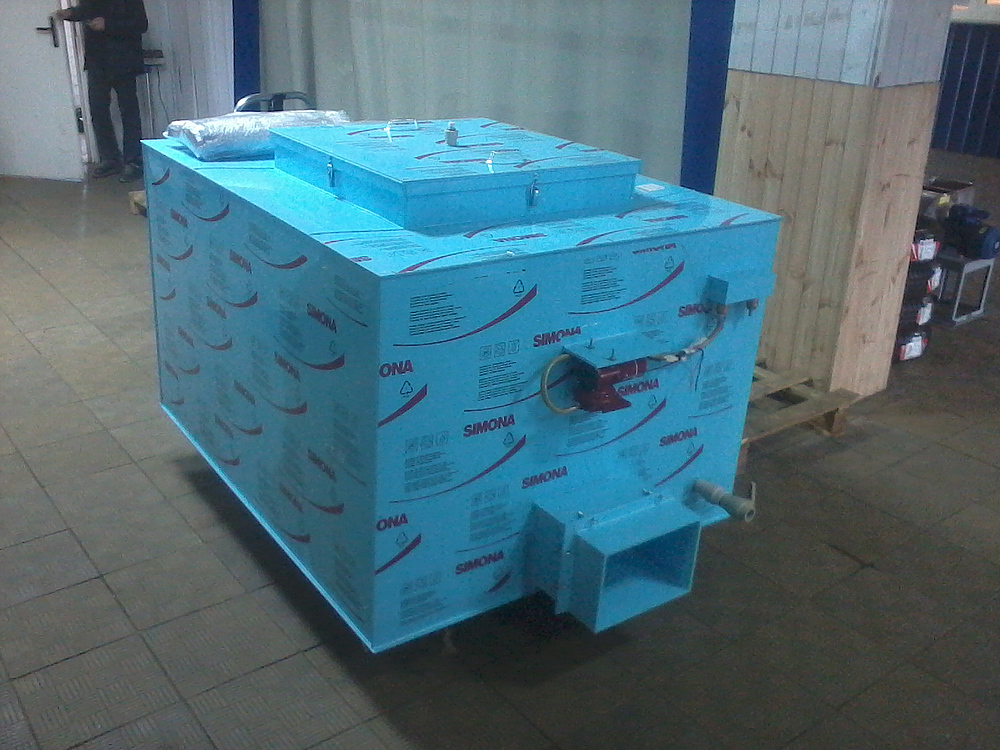- Helpful information
- 7 likes
- 14789 views

Once you have grown and caught fish worth the most important question: how to transport live fish in fine condition to the consumer. Transportation of fish in containers without aeration - a risky business! Losses during shipment and fish after transportation is a consequence of excessive planting density and oxygen deficiency causes stress in the fish. This leads to the immediate loss of the fish during transportation or loss due to infectious diseases soon after they reach the end user. Following the proper procedures for transporting live fish are critical to the preservation of commercial fish species.
Transport the fish as soon as possible after harvest to point of sale. If you are going to do some other procedure while fishing on your fish, do it first in order to avoid unnecessary stops.
PlastDesign Experts recommend to transport their fish in special containers for transportation, which are mandatory disinfection prior to each use.
It is best to transport using the same water in which the water was up to it. Water from underground sources can be used in early spring or late fall when Kolodeznaya and pond water to approximately the same temperature. Underground water contains little oxygen and should be saturated with oxygen before loading to fish. Never use municipal water (chlorine kills fish). Use only clean containers (chemicals kill fish). We do not recommend mixing different types of fish in one container.
tanks for water storage, plastic or metal garbage cans, tubs, cans and milk cans are used for transportation of fish
short distances. No matter what you use, the lid or cover of some kind is recommended in order to prevent the loss of
water or fish on the way to your customer. To protect your investment, we recommend that you use a small amount of water to transport the fish only 10-15 minutes. Long transit time requires a larger amount of water or appropriate aeration.
Water used for transport, must be pure, contain at least 6'-7 mg/L of dissolved oxygen at a temperature in the summer period from 6 to 8 ° C for psychrophilic and 10-12 ° C for thermophilic fish. When transporting live fish by any means of trans port and any container is recommended to avoid any lengthy stopovers. After delivering the fish to the place it needs to be as quick as possible to unload and release into the pond.
Before being discharged into the pond for feeding imported fish must be processed against a variety of diseases. Used for these purposes, drugs and their dosage
summarized in Table 1:
| drug | How to use | Dosage | exposure mode |
| Methylene blue | Bathtubs | 50-200 mg/l | 2-10 h |
| formalin | Bathtubs | to 200 mg/l | to 1:00 |
| Table salt | Bathtubs | 5 percent rn | 5 minutes at a time |
| potassium permanganate | Bathtubs | 10 g/m | 10-20 minutes at a time |
note! transportation success of live fish is determined by many factors:
- water quality
- state
- the age and quality of fish,
- The stocking density of fish in a container with water
- the duration of transport
- time of the year
- conditions, we forecast
- road conditions
- works organization for cooking and a transportation service.
All the vehicles used for the transport of fish washed on the mucus, dirt, scale, should be thoroughly disinfected with 20% solution of fresh slaked lime. After disinfection capacity and inventory washed with pure water and loaded fish.



